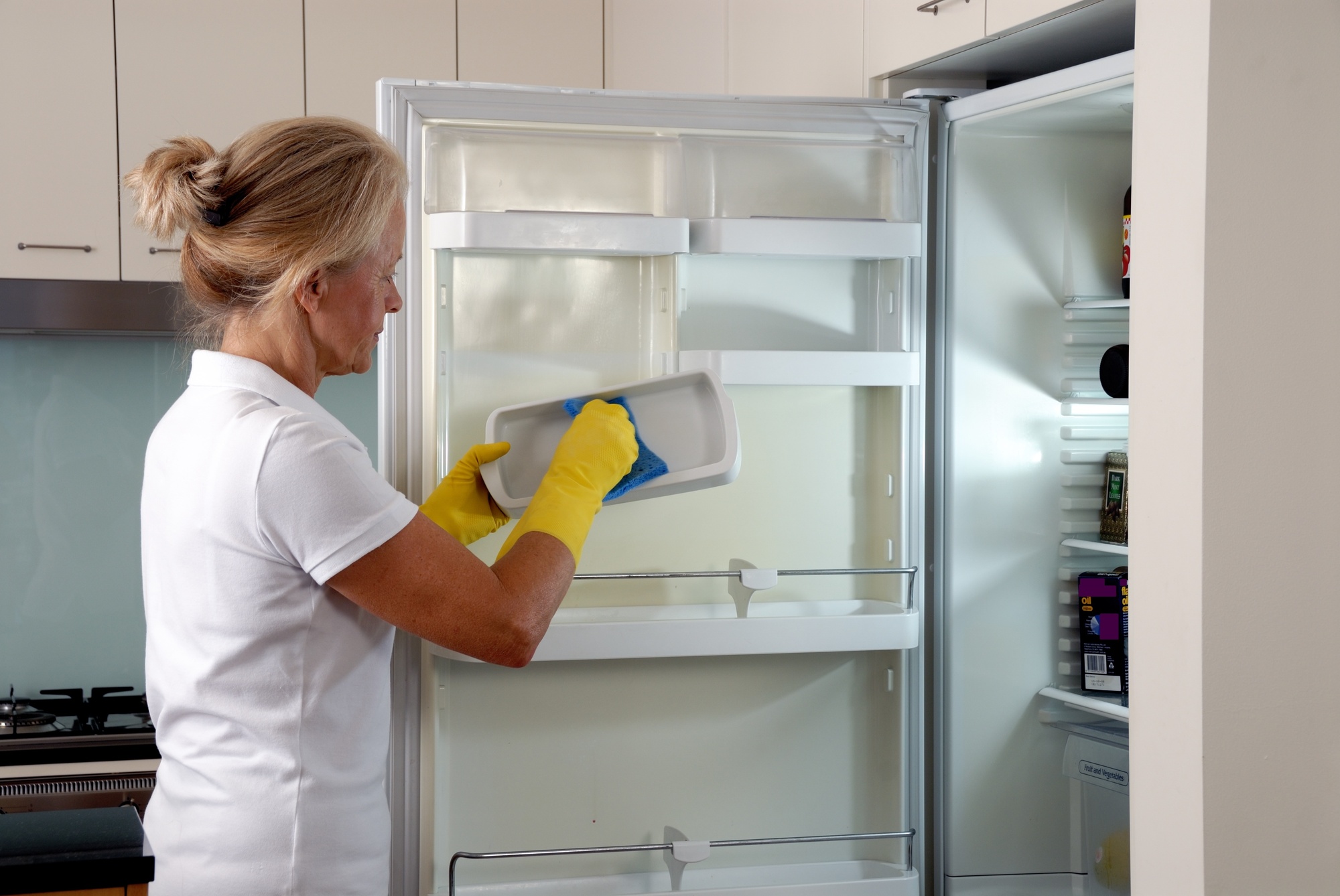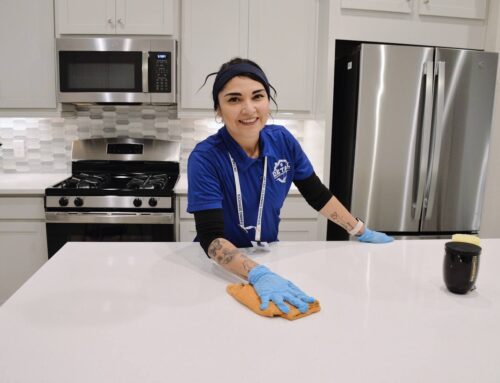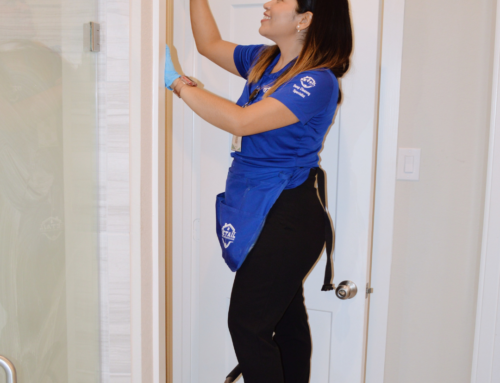Has someone in your home because sick due to COVID-19? Are you wondering if there are any special house disinfection techniques you need to know about?
COVID-19 spreads through respiratory droplets and may also be passed from person to person who is not experiencing symptoms. It’s critical, therefore, to make sure your home is completely cleaned and disinfected after someone has been ill with the virus.
Here’s what you need to know about how to clean house after COVID.
Which Cleaning Products Kill COVID?
You’ll need to disinfect your home after someone is sick with COVID or if someone who tested positive for COVID was present in your house for 24 hours or more. Disinfecting will kill the germs on surfaces and prevent the spread of germs.
There are a number of products that the EPA has listed as effective against COVID-19. It’s important to check the label of your chosen product first to make sure you’re using it properly. Some products, for example, may require you to use personal protective equipment such as gloves, masks, and goggles to prevent injury.
You’ll also need to be certain to keep the disinfectant on the surface for the recommended period of time. It will help to make sure there’s adequate ventilation, especially if anyone in your home suffers from allergies or asthma.
It’s important not to list chemicals, and to keep products out of the reach of children. They can be toxic if used improperly.
How Do I Get My COVID House Clean?
If the person who has been sick is able to clean, it will help everyone if they can throw out tissues, disinfect surfaces, and clean their own dishes. They should be isolated in their own section of the house, with their own bathroom if possible.
If the sick person is still unable to clean, you’ll need to put on a mask and gloves each time you enter the room. Limit your cleaning only to what is necessary, such as collecting dishes.
You’ll need to use gloves when handling the dishes and utensils of someone who’s been sick. They’ll need to be washed in the dishwasher or with hot water and soap. Paper products can help limit your contact with the infected individual’s dishes.
Separate trash can be used for the person who is sick. It’s important to use gloves and a mask when disposing of the trash.
Use the warmest settings possible for the individual’s laundry if it’s necessary to wash their clothes. Wear proper PPE, and make sure to wash your hands as soon as you handle dirty laundry.
Many people who are ill use touchscreens such as phones and tablets to keep in touch with their doctors or the rest of the world. A wipeable cover can make cleaning easier for them.
If the infected person is no longer sick and you want to disinfect the space, wait as long as possible before entering their room. Make sure to wear a mask and gloves, and open as many windows and doors as possible. Fans can also help to increase the airflow.
It’s important to use disinfectants safely. You should also vacuum as usual and clean soft surfaces such as drapes with soap and water.
Three days after the person is no longer sick, no additional cleaning is necessary.
How Do I Prevent the Spread of Germs in My Home?
Even if everyone in your home is healthy, it’s important to keep your home as clean as possible during uncertain times.
Of course, wiping down frequently-used surfaces with disinfectant spray often is important. These include tabletops, doorknobs, and lightswitches. You’ll also want to encourage your family to wipe down their screens, keyboards, and remote controls regularly.
Believe it or not, your washing machine can spread bacteria and viruses between family members. To keep it ultra-fresh, run machine once a week with only a cup of bleach.
It’s also important to wash towels after each use, especially if someone is sick. Don’t reuse any towels that were thrown on the floor in a heap, as these can breed bacteria.
If you’re cautious about germs, make sure to wash bed linens in hot water at least once a week. You can do this more often if someone is sick. You should also keep food out of your bedrooms, as this can attract germs and mold.
Be sure to vacuum up any spills or crumbs in your living areas right away. These can really attract germs. You’ll also want to regularly wipe down things like faucets, railings, and lamps.
It’s important to disinfect your kitchen sink every day with a disinfecting cleanser. You’ll also want to keep your countertops clean with recommended cleansers or bleach and water. In addition, you’ll need to scour the bathroom with baking soda paste in addition to disinfecting.
Some folks don’t feel that they are doing an adequate job keeping their house free of germs. They are extremely busy with their jobs and family, and prefer to leave the job up to a professional. If this is the case for you, don’t wait long to hire someone you trust.
How To Clean House After COVID
If you’ve had someone ill with the virus, it’s important to know how to clean house after COVID. With the right products and the right techniques, you could be keeping your abode germ-free for years to come.
Don’t stop getting your home in tip-top shape now. For expert cleaning professionals in your area, contact us today.





